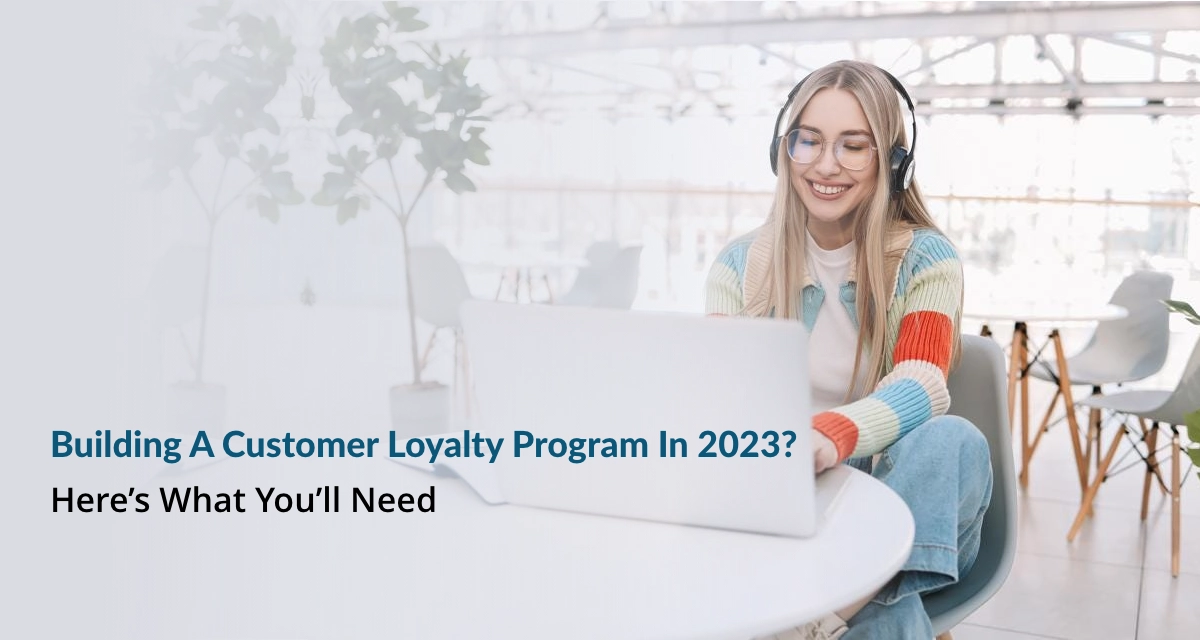The world is going through a period of massive change. While the past two years were dominated by the pandemic, the current period is underscored by deep economic uncertainties, including central banks raising interest rates, supply chain constraints, and fears of economic recession.
In this era of unpredictability, marketers have their tasks cut out for them. I’m finding that customers have become increasingly fickle and choosy with an ever-growing number of options available to them. Loyalty, hence, can no longer be taken for granted. To retain customers, brands are under intense pressure and have been forced to look at loyalty from a value-generating perspective with an eye toward loyalty experiences and rewards for their customers.
To do this, companies need a holistic loyalty strategy that goes beyond just transactional benefits. From my experience as the co-founder of a loyalty rewards platform, there are three things you’ll need to build a great loyalty program, whether you’re going it alone or partnering with an outside provider:
1. Analytic Tools
Every customer is unique, so loyalty initiatives must be unique too. Data analytics give companies better insights and knowledge of customer preferences, activity, and demographics-based behavior. Marketers can leverage this information to create a more efficient loyalty program.
For example, one person might absolutely be delighted if he or she is given a ticket for a rock concert, while another person might be more interested in getting exclusive invites or gifts that other members do not have access to. Depending on the personality of the person, the loyalty initiative can be customized using the right analytics tools. Analytics can also be used to suggest strategies that help in segmenting customers and attracting them with real-time, loyalty-based offers, such as free tier upgrades, bonus rewards, or points top-ups.
Brands need to ensure that their analytics tool fulfills the following criteria:
- The analytics tool should be easy to use.
- It should be able to scale to accommodate future growth and changing needs.
- It should be customizable to meet the brand’s specific needs and requirements.
Another component to consider is artificial intelligence. Starbucks, for example, uses an artificial intelligence-based data algorithm to send hyper-personalized messages to its customers. This is not restricted to large firms only; smaller firms can also leverage AI and machine learning algorithms to create effective loyalty programs.
2. A Multidimensional, Multichannel Approach
In my experience, most loyalty initiatives have been programmed to reward the customer based on transactions. However, loyalty programs need to evolve beyond just transactions. As I’ve written previously, companies could also reward customers for following the brand on social media platforms, referring friends, completing a challenge, etc.
Every customer today is different, so the loyalty initiative must look at unlocking multiple dimensions of loyalty, such as the social, advocacy, engagement, behavioral, and emotional aspects. This helps customers stay engaged with the brand beyond transactions and can lead to greater loyalty. This, in turn, can increase purchase size, purchase frequency, and, ultimately, more revenue and profitability.
It’s also important to think about how you’re going to build the loyalty program across all sales channels. Today, a customer can initiate their buying journey on a mobile app and complete the purchase in a physical store. Keeping track of customer preferences across different delivery channels is difficult. When building or selecting a marketing technology ecosystem, make sure it provides an omnichannel experience, meaning the marketing loyalty program is accessible across multiple channels, such as in-store, online and through mobile apps. This provides customers with a consistent experience no matter how they engage with the brand.
3. Holistic Integration
Your loyalty program should also be seamlessly integrated with your existing and external systems of partners, such as CRM systems, e-commerce platforms, banking systems, and payment gateways, in order to provide a seamless experience for customers. If the relevant data from all touchpoints are not captured accurately, then the loyalty program will fail to understand the behavior of its members. With the right loyalty program and effective data analytics initiatives, organizations can reward customer behavior across any channel, device, or point of sale.
In conclusion, I believe 2023 will test enterprises around the world, and this means conventional or legacy customer loyalty will be tested too. This could require significant changes in organizations’ strategic approach to loyalty rewards programs. Business enterprises need to take a critical look at the essential factors above to set themselves up for success.
This article was originally published on Forbes.com by Zinrelo’s co-founder and Forbes Business Council Member, Jai Rawat.


